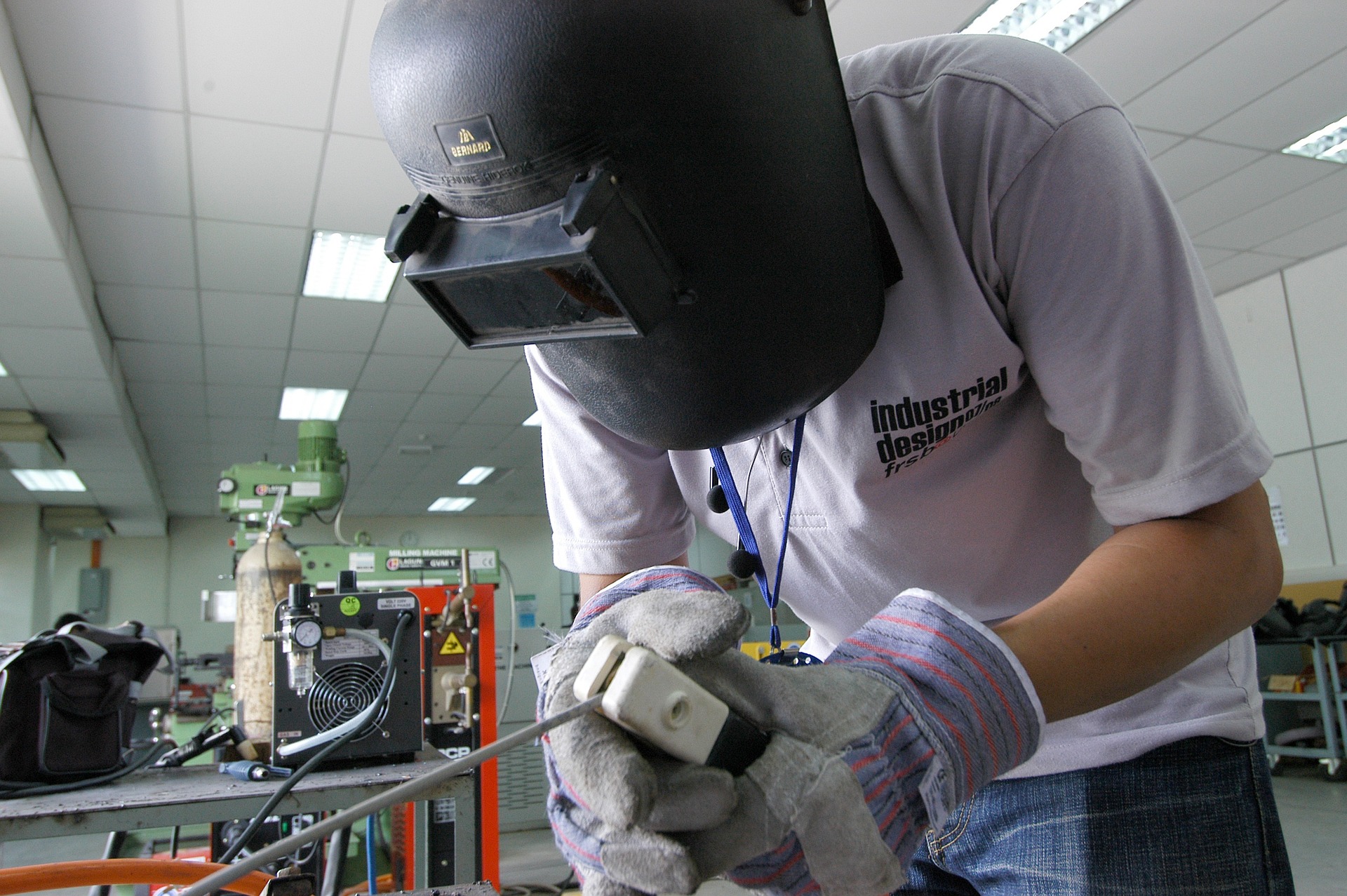The Comprehensive Guide to Welding Machines: Types, Applications, and Safety
Welding machines are essential tools in various industries, from construction and manufacturing to automotive repair and art. These versatile devices use heat to join metals, creating strong and durable bonds. Understanding the different types of welding machines, their applications, and safety considerations is crucial for both professionals and hobbyists alike.

-
Gas Welding Machines: These use a combination of gases, typically oxygen and acetylene, to produce a flame that melts the metal.
-
Resistance Welding Machines: These work by applying pressure and passing an electric current through the metal pieces to join them.
-
Plasma Welding Machines: These use a plasma arc to create high-temperature heat for cutting and welding.
-
Laser Welding Machines: These utilize a focused laser beam to melt and join metals with precision.
Each type has its advantages and is better suited for certain materials and applications.
How do you choose the right welding machine for your needs?
Selecting the appropriate welding machine depends on several factors:
-
Material: Different metals require different welding techniques. For example, aluminum is often welded using TIG or MIG machines.
-
Thickness: The thickness of the material determines the power output needed from the welding machine.
-
Application: Consider whether you’ll be working on small projects at home or large-scale industrial applications.
-
Power Source: Welding machines can be powered by electricity, gas, or batteries. Choose based on your work environment and portability needs.
-
Skill Level: Some welding techniques, like TIG welding, require more skill and practice than others.
-
Budget: Welding machines range from affordable home-use models to expensive industrial-grade equipment.
Consider these factors carefully to ensure you choose a welding machine that meets your specific requirements.
What are the key safety considerations when using welding machines?
Safety is paramount when working with welding machines. Here are some crucial safety considerations:
-
Personal Protective Equipment (PPE): Always wear appropriate PPE, including a welding helmet, flame-resistant clothing, gloves, and safety shoes.
-
Ventilation: Ensure proper ventilation in your workspace to avoid inhaling harmful fumes and gases.
-
Fire Safety: Keep a fire extinguisher nearby and remove flammable materials from the welding area.
-
Electrical Safety: Inspect all electrical connections regularly and ensure proper grounding of the welding machine.
-
Eye Protection: Use the correct shade of lens in your welding helmet to protect your eyes from the intense light and UV radiation.
-
Training: Proper training is essential to understand the risks and safe operation of welding equipment.
-
Maintenance: Regularly maintain and inspect your welding machine to ensure it’s in good working condition.
By following these safety guidelines, you can significantly reduce the risk of accidents and injuries while welding.
How can welding machines improve efficiency in industrial settings?
Welding machines play a crucial role in enhancing productivity and efficiency in industrial environments:
-
Automation: Many modern welding machines can be integrated with robotic systems, allowing for automated welding processes that increase speed and consistency.
-
Multi-Process Capabilities: Some advanced welding machines can perform multiple welding processes, reducing the need for separate equipment.
-
Precision Control: Digital controls and programmable settings allow for precise adjustments, resulting in higher quality welds and less rework.
-
Energy Efficiency: Newer welding machines are designed to be more energy-efficient, reducing operational costs.
-
Portability: Many welding machines are now more compact and portable, allowing for greater flexibility in various work environments.
-
Data Logging and Analysis: Some machines offer data logging capabilities, helping managers track productivity and identify areas for improvement.
By leveraging these features, industries can significantly improve their welding operations’ efficiency and output quality.
What are the latest advancements in welding machine technology?
The welding industry continues to evolve with new technologies and innovations:
-
Artificial Intelligence: AI-powered welding machines can analyze and adjust welding parameters in real-time for optimal results.
-
Virtual Reality Training: VR systems are being used to train welders in a safe, controlled environment before they work with actual equipment.
-
Augmented Reality Assistance: AR overlays can provide real-time guidance to welders, improving accuracy and efficiency.
-
IoT Integration: Internet of Things (IoT) connectivity allows for remote monitoring and control of welding machines.
-
Advanced Power Sources: New power source technologies offer better arc stability and control across a wider range of materials.
-
Eco-Friendly Solutions: Manufacturers are developing more environmentally friendly welding machines with reduced emissions and energy consumption.
These advancements are making welding more efficient, safer, and accessible to a broader range of users.
Welding machines are indispensable tools in many industries, offering a wide range of applications and benefits. By understanding the different types, safety considerations, and latest advancements, users can make informed decisions about which welding machine best suits their needs. Whether you’re a professional welder or a DIY enthusiast, choosing the right welding machine and using it safely can lead to high-quality results and improved productivity.






